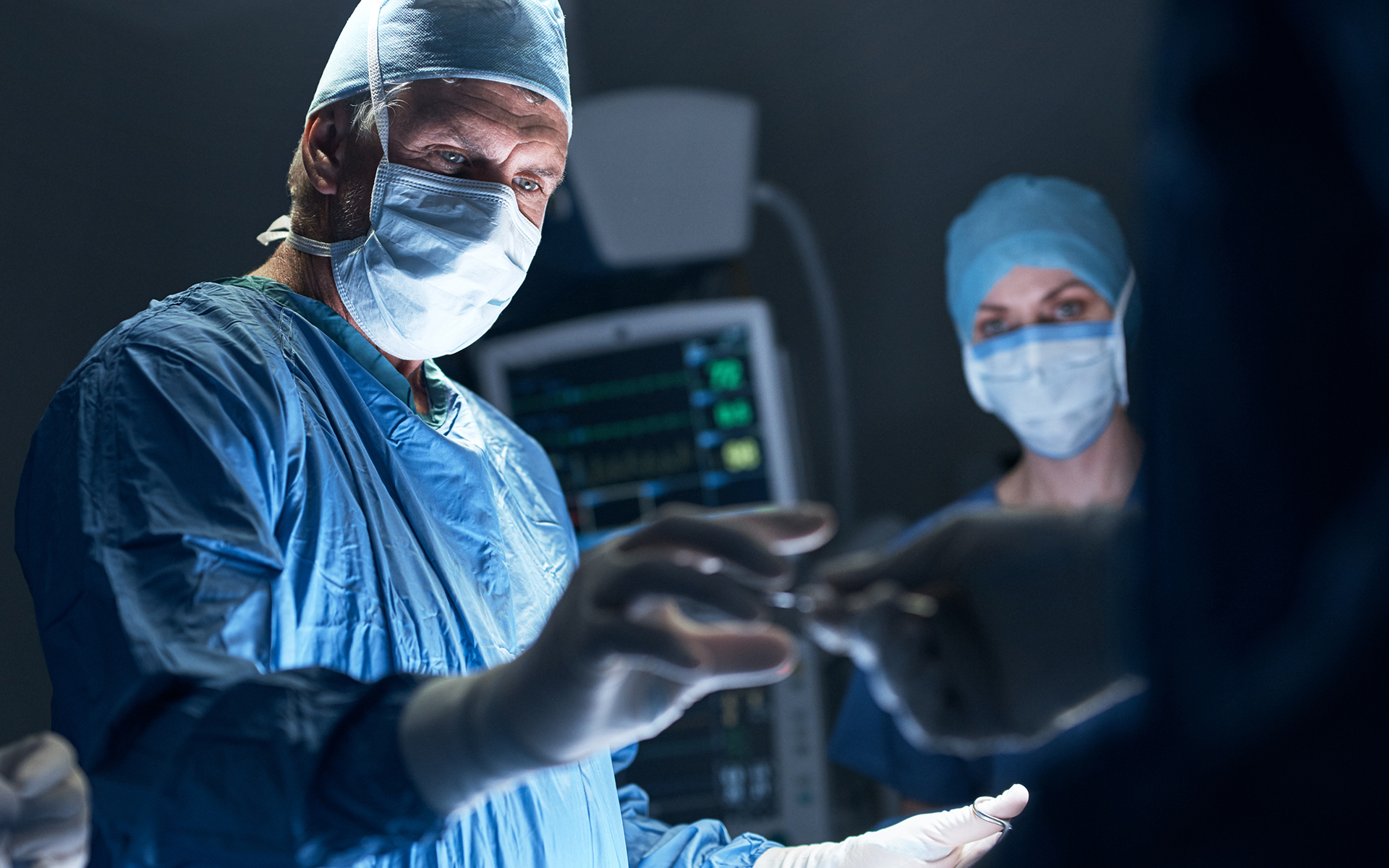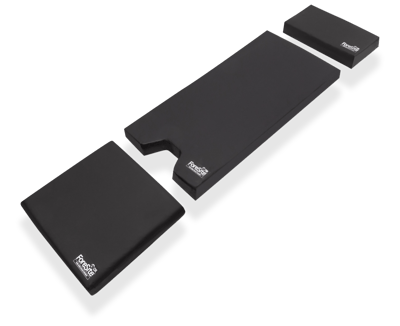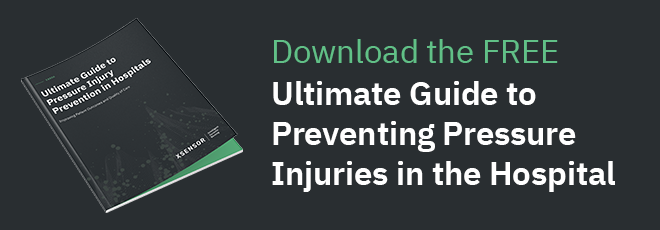
How to Prevent Pressure Injuries in the Operating Room
XSENSOR’s technology can help prevent injury, starting right from the surgical table.
Of all the risks that medical professionals must identify and mitigate when it comes to surgery, pressure injuries may not be top-of-mind. Even so, pressure sores and injuries are incredibly important to monitor through all stages on the continuum of care, and surgery is no exception. With 60,000 Hospital Acquired Pressure Injury (HAPI) related patient deaths each year in the United States alone, they pose a significant challenge.
By prioritizing pressure injury risk assessment, proper positioning and monitoring—starting in the operating room itself—we can make real strides to improve patient outcomes in our hospitals.
According to a pressure injury risk factor study published by the National Institutes of Health, longer surgeries instantly open the door for increased risks of pressure sore development. And the surgeries in question aren’t exceptionally long, either — the study says that ”surgical times vary, but procedures lasting longer than 2 ½ to three hours are significantly more likely to cause skin and underlying tissue damage.”
As health care providers looking to improve patient wellbeing, we must seek new ways to improve the treatment of pressure injuries—ideally, by enhancing our risk assessment methods and preventing their development altogether.
Fortunately, it is possible to avoid the formation of pressure injuries right from the surgical floor, thanks to proper equipment and monitoring.
What causes pressure injuries in the operating room?
Several factors can lead to pressure injuries, such as increased pressure on risky areas during a prolonged surgery, or operating on patients who are particularly vulnerable. By focusing on the pressure posed to the skin from the outset of an operation, we can inhibit pressure sores from forming or, at the very least, keep them to a minimum.
Often, pressure injuries that develop in the operating room become stage one pressure sores, showing up as the skin is developing injury. While no open sores or broken skin are present yet, the skin may appear redder, warmer or firmer than usual. Known as a non-blanchable erythema of intact skin, the color change may even indicate the beginnings of a serious injury to the deep tissue.
While these begin as “minor issues”, operating room pressure injuries can lead to more serious damage, and quickly. Health care workers may soon notice breaking of skin as sores progress to stage two (partial-thickness skin loss with exposed dermis), and ending with the possibility of major tissue loss — and even death — in a stage four pressure sore (known as full-thickness skin and tissue loss).
Risk of developing a pressure sore in the operating room
Risk assessment is an integral step in the management of pressure injuries. There are several ways to assess a patient’s risk, using factors such as skin health, moisture level and mobility. These indicators are the building blocks of treatment and prevention, but there are tools available to simplify the risk assessment process altogether.
XSENSOR has developed technology that provides continuous skin monitoring, helping health workers to optimize risk assessment within their preventative care plans.
It’s important to create a culture within the operating room that is focused on pressure injury prevention. By prioritizing it within the entire chain of patient care, the overall risk of developing injuries reduces tenfold.
What is the best way to achieve this? Integrating technology and equipment into the operating room that helps relieve and prevent pressure sores from ever forming.
Equipment for relieving pressure sores
XSENSOR’s goal is to empower health workers and caregivers, giving them technology and equipment that helps them make the best decisions possible. By providing continuous skin monitoring in the operating room — specifically, surgical table monitoring equipment — we have the opportunity to drastically reduce pressure sores among patients.
Our ForeSite OR technology is specifically built to relieve and monitor pressure on the surgical table.
- Premium pads integrate pressure monitoring along with pressure relief.
- Proprietary multi-layer construction helps redistribute pressure during longer procedures.
- Sensors show real-time images of pressures on the body’s surface.
XSENSOR’s pressure measurement system is designed for simple disinfection, fast set-up and easy to interpret pressure data/images. Enclosed directly within the cushion cover itself, sensors connect wirelessly to the compact easy to read monitor. This gives real-time pressure images and measurements during surgery, allowing for constant data observation. This data can be saved for the patient’s record, helping to improve continuity of care.
In summary, XSENSOR’s ForeSite OR technology gives surgical staff the ability to assess risk accurately and treat their patients accordingly. At last, the table itself can be a part of the solution — and no longer part of the problem.
XSENSOR is focused on improving patient care from the very beginning of a hospital stay. Pressure injuries are a significant issue for patients within the healthcare system, with approximately 2.5 million people in the United States being affected every year. By integrating XSENSOR’s continuous skin monitoring technology into your patient care, your hospital can work to eliminate this issue altogether.
If you’re ready to bring XSENSOR’s industry-leading equipment and technology into your hospital today, contact us. With continuous skin monitoring and well-designed products, we can help you become part of the solution, and quickly.

